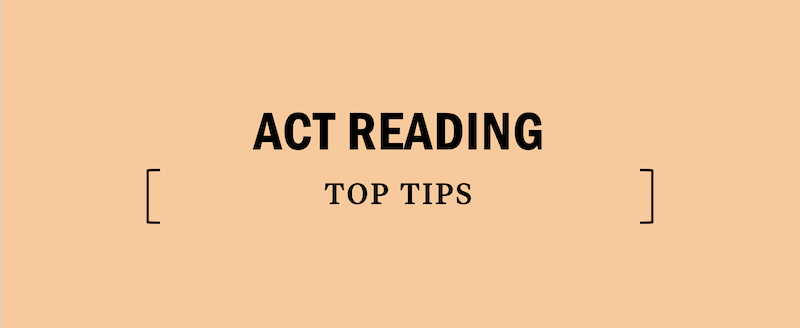ACT Reading: Development of Ideas
Being able to identify and organize the ideas in a reading passage is crucial to doing well on the ACT Reading section. In development of ideas questions, you’ll be given a reading passage and you’ll have to add, change, or delete a sentence from the passage. Being able to identify a passage’s purpose, or main idea, as well as the flow of ideas and supporting evidence is important. Get plenty of test prep to ensure you master this and every ACT question type.
Strategy
Development Practice Questions
Our task is to find the best transition between the two paragraphs. When you read it the passage as is, was the transition smooth? It wasn’t—paragraph 1 is only about typewriters and paragraph 2 is only about computers, so we should eliminate A immediately. Now, let’s find the best transition from typewriters to computers. Is B a good choice? It’s not since paragraph 2 discusses how a computer is much different than a typewriter. Could C be the right answer? It could, so let’s keep it as a choice for now. How about D? Yes, D is also a good choice. But, which choice is better: C or D? D’s better because it provides the smoothest transition between the two paragraphs. It refers to the last sentence of paragraph 1 (“not one of the students you see busily typing is using a typewriter”) by asking why anyone would want to use a typewriter, and it introduces the main topic of paragraph 2, the benefits of using a computer.

